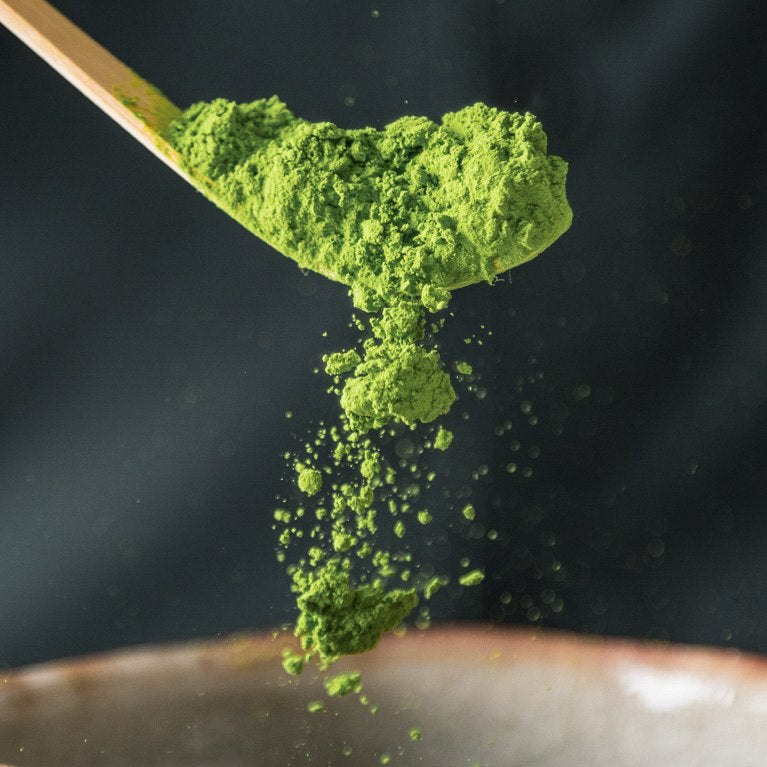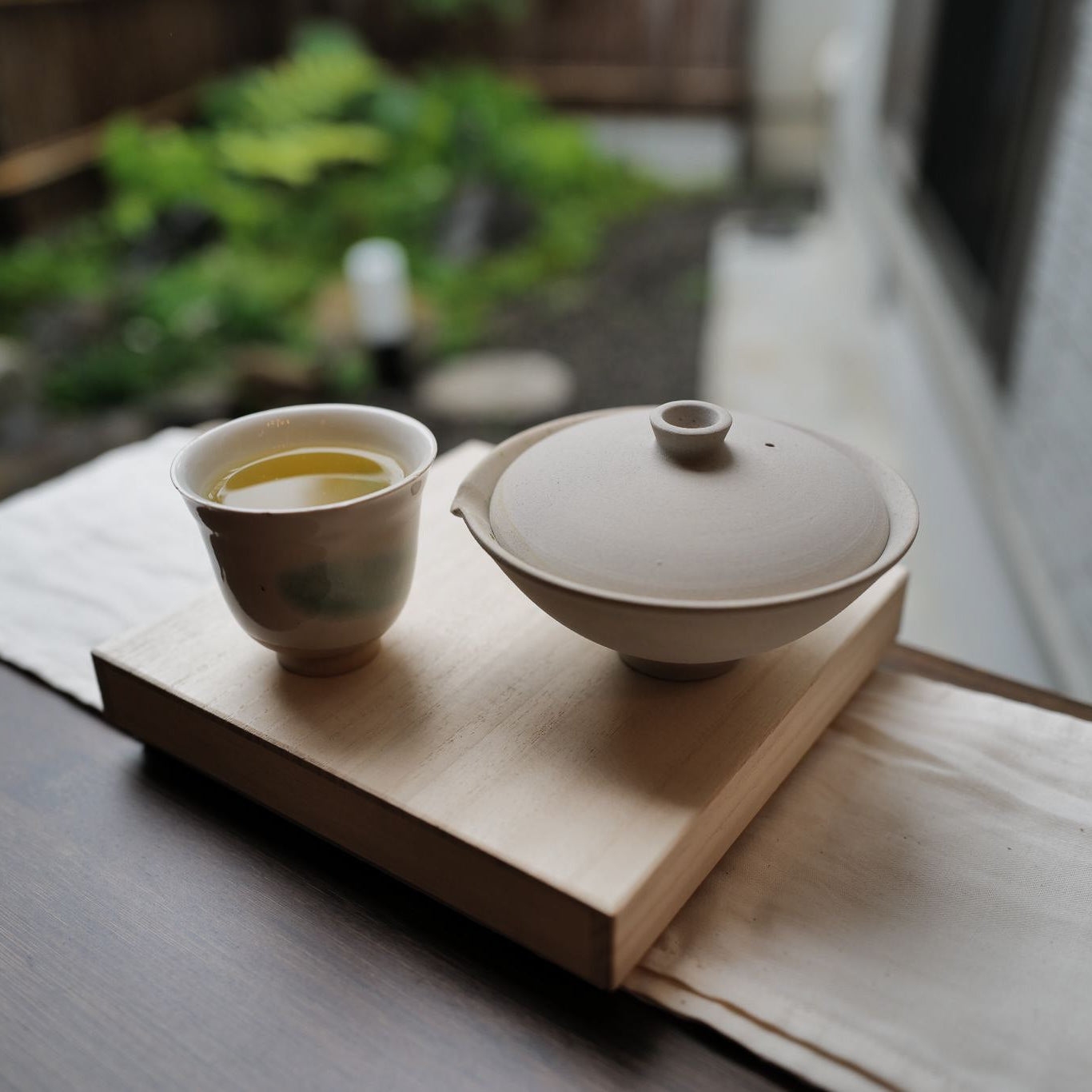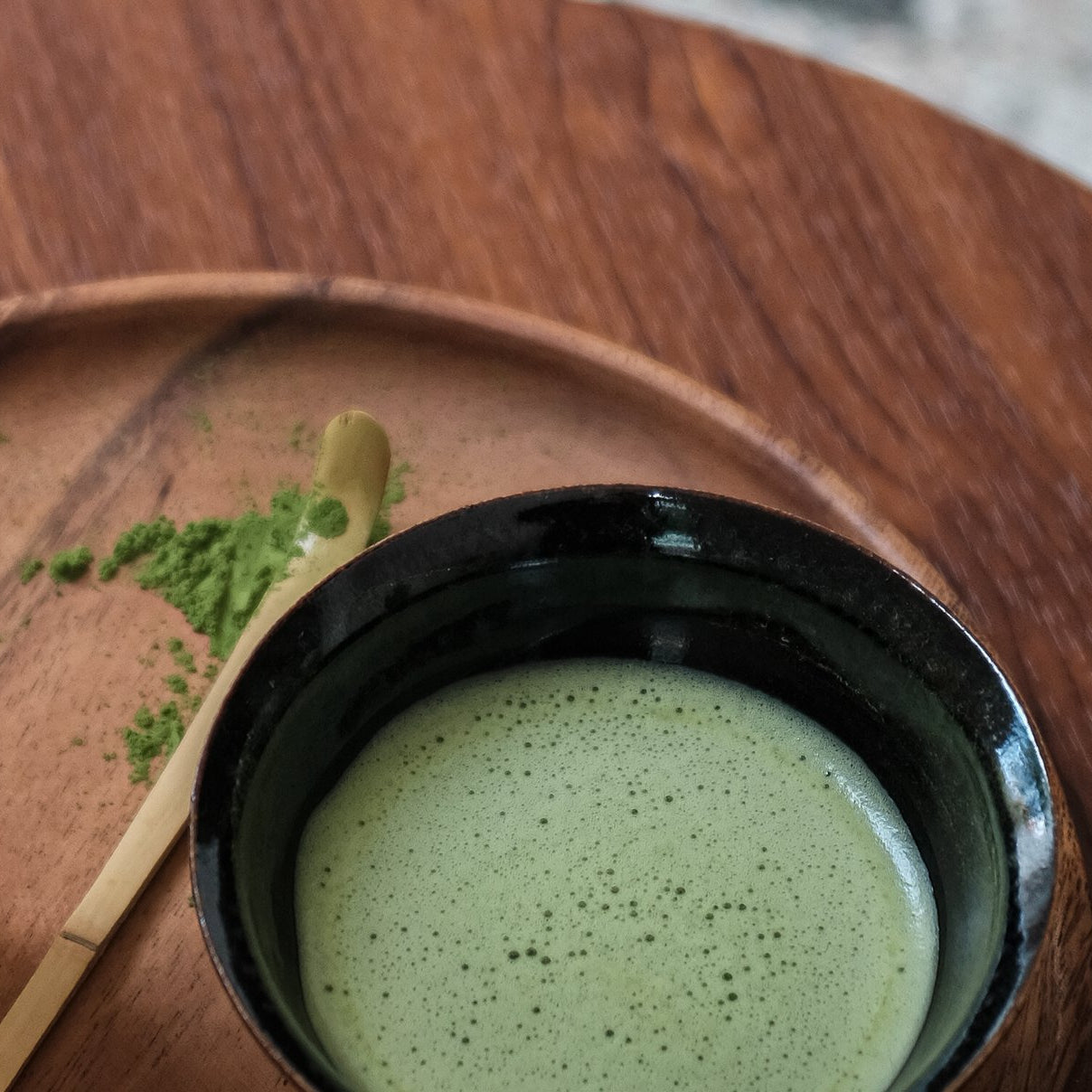
HOW WE SEE ART TODAY
by Jasmine
The Arts scene today takes on new forms, new mediums and new meaning with every work we look at, and we realized, that the way we see art changes so differently for different generation, society and platform. We share our thoughts about how the governmental, digital and international influence has on the way we (can) see Arts today.
December 16, 2019
Tourists flock to the space, trying to fit 54 years of heritage and history into a tiny frame called the camera. Deeper than the waters that hold this structure is a culture of deep-rooted diversity. Symbolic of the make-up of the city, our Merlion represents the local accommodation and acceptance of different lifestyles, beliefs and values of global individuals on this small island.
In many ways, the Merlion is a local art piece that pays tribute to our unique heritage. Not forgetting our roots, this art piece draws the crowd and tells of the story of our ‘rojak’ culture — a culture comprising various backgrounds and countries of origin. The Arts loom tall above the Singapore landscape, providing a direct conversational tool when others ask about the merging of a fish and a lion. The people are a fish and lion combination, too — no single community the same as another, each embracing its own character. But the union fits.
In a cosmopolitan city like Singapore where a thousand flights pass through daily, it is not surprising that the citizens are one of the most globalized groups of people. Anywhere from Southeast Asian to Western to the Middle East, our malls and streets are lined with international soft power beckoning our attention. There has to be something that allows us to still accept each other’s differences still. And perhaps a humble suggestion is the Arts that we see daily and forget intuitively.
Government Influence
And so, the Arts bridges the barriers of communication that is otherwise not verbalized because of language differences. It tears down the walls that we’ve built in our years of growing up uniquely and differently. When the Arts show us a different side to the story, we empathize. We try to feel, and then we try to accept, before we try to embrace. And it is this gradual progress that allows for 5.6 million individuals to exist in 720 square kilometers. It is this process, too, that enables the nation to turn from a fishing village to what it is today.
When words, actions or time cannot speak, the Arts speak.
That public housing blocks are sometimes painted with community-led wall paint is an effort worth noting. Funds have been poured in to establish the local Arts scene through community-involvement projects. Initiatives like these remind us of the need to not take things for granted, and to always seek communication.
When words, actions or time cannot speak, the Arts speak. You never know what you’re in for, until you immerse yourself in the moment and let the meaning sink in.
International Influence
We are just but a red dot on the globe. Nothing too fancy, nothing too elaborate, just a red dot that has its residents travelling in and out multiple times a year. The increasing scale of globalization is obvious in a city state like Singapore.
But we mix and match for good reasons. We travel abroad carrying a part of Singapore with us, leaving our footprints there. Then we travel back carrying a part of others with us, leaving another footprint in homeland. Creative individuals do the same — infusing travel inspirations to their craft, thereby enhancing and uplifting the local Arts scene.
Artists use the word ‘inspiration’ like no tomorrow. A walk in the park or a trip to the graveyard preaches about life in ways they never word but only express. The birth of Banksy’s viral performance art teaches us hard truths about challenging boundaries. There are numerous lessons to take away from the international pool of creatives.
Creative individuals do the same — infusing travel inspirations to their craft, thereby enhancing and uplifting the local Arts scene.
And international works — famous or not — are influencing the artistic language in semi-conservative, semi-open Singapore. As they consume Western media, local artists venture into the increasingly popular (favorable) interactive mediums that taps on video and performance art for branding purposes. Others travel far in search for the best materials and processes for their clothes and textiles, often sharing the narrative of a different land that touched their hearts. They bring back to homeland the best of what they experience, enriching those who haven’t heard of their findings.
The result of these converging pursuits is the best of both worlds — trendy works with a local touch.
International influence is also seen in the way local work has to first be approved elsewhere before gaining ‘true’ stardom. This thought, albeit extremely defeating for anyone hoping to make his/her mark in Singapore, has its roots. Singaporean actor Lawrence Wong was not a known figure until he made his appearance at internationally-acclaimed period drama, Yanxi Palace. Other local talents such as JJ Lin also chose to venture at a bigger plot of opportunities elsewhere. That artistic talents have to be approved elsewhere belies an uncomfortable truth, but it also tells us of the necessity to look beyond our shores.
This is by no means a critique of local talent, because the local talents are noteworthy mentions of their own. But to allow artists to see that international influence has its power and purpose is more essential. By the economy of scale, the messages of art works go further somewhere else. To tap on the globalized nature of ours is a wise move.
The influence of the digital realm of things has aided, if not pushed for, the exposure of artists today.
Digital Influence
Lastly, we can no longer deny the currency of interconnectivity that we live by today. Digital platforms have seeped, if not overtaken, the primary form of communication used generations ago.
The influence of the digital realm of things has aided, if not pushed for, the exposure of artists today. With social media platforms, artists are gaining exposure and credit for their works, providing them an opportunity to contribute creatively. These platforms have the power of boosting the visibility of brands beyond the artists’ imaginations. While word of mouth still remains an essential aspect of every artist’s credential, brand recognition is increasingly essential with the overload of information we receive these days.
Platforms like these also help to build communities around like-minded individuals. Simple hashtag searches allow one to be connected with those who share similar styles or work ethos and encourage the community of artists to thrive. The connectivity that the digital age offers can be put to good use for those seeking out a community.
Indeed, there are many ways to see the Arts today. And the reality is that there is no one definition to seeing Art. By understanding how the game of the Arts scene is played here, we can also use it to our advantage — as an artist or an art-lover. The Arts is approachable, just approached differently in different situations.
















